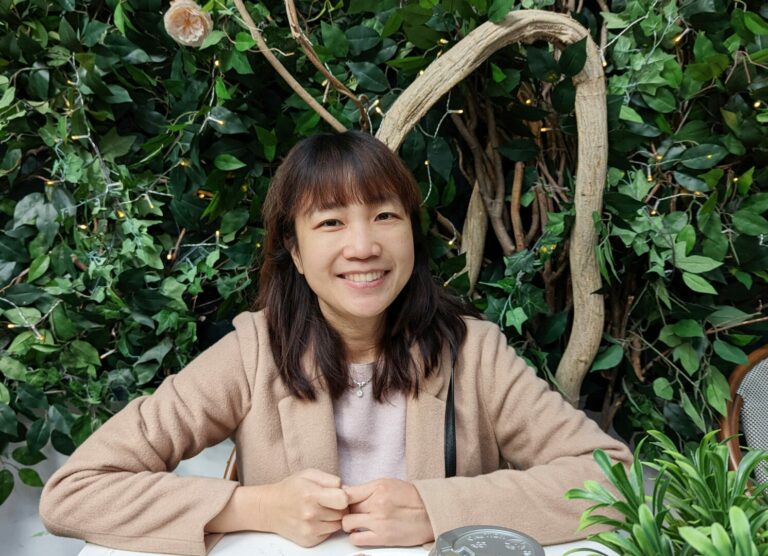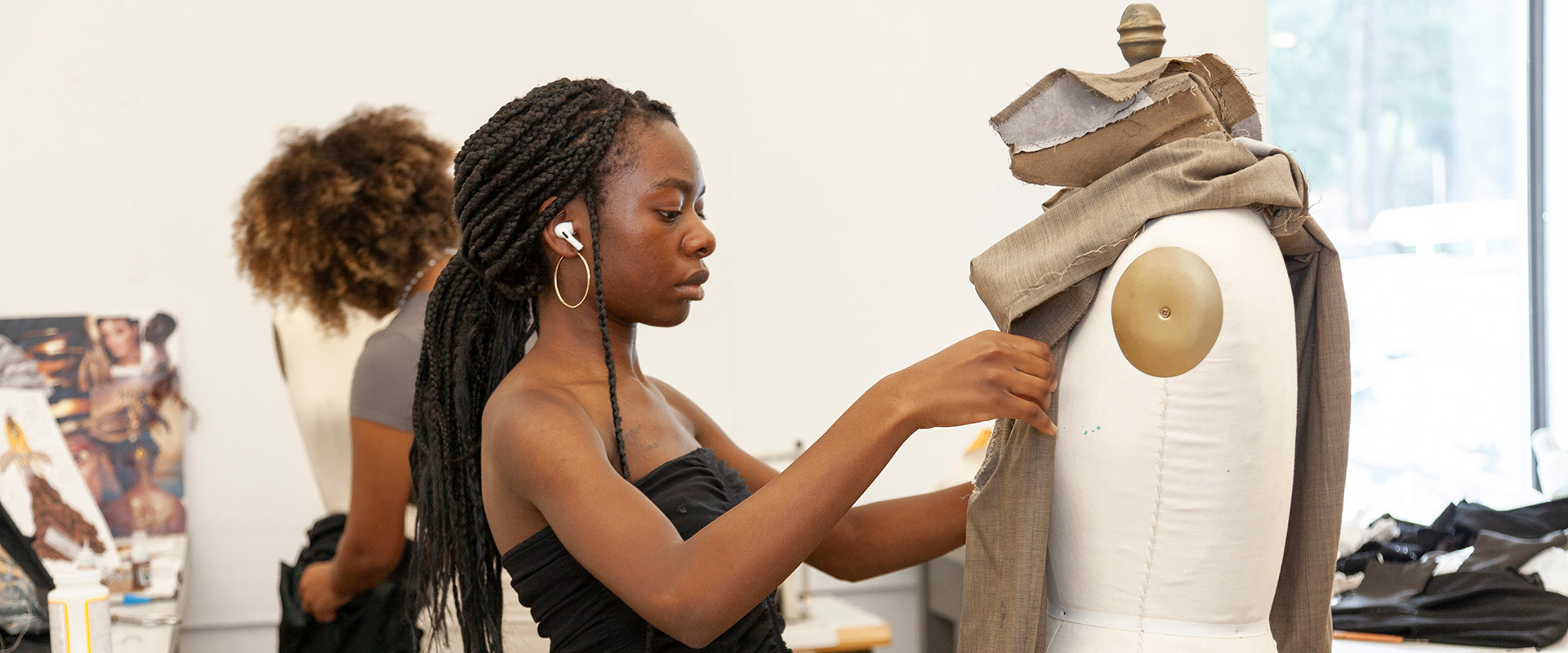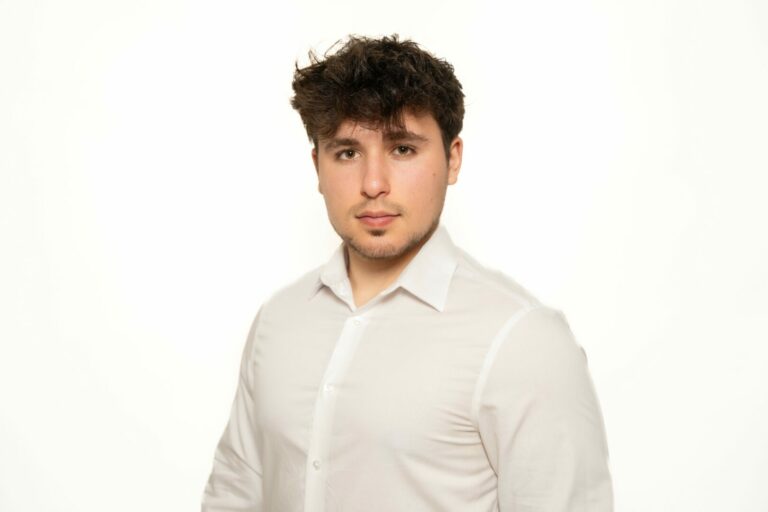We were lucky to catch up with Alexander Buyanov recently and have shared our conversation below.
Hi Alexander , so excited to have you with us today, particularly to get your insight on a topic that comes up constantly in the community – overcoming creativity blocks. Any thoughts you can share with us?
My work is closely related to creativity. It all started when I launched my first business project – an online store and a chain of retail stores selling manicure products, which became one of the top 3 in Europe. Even at university, studying economics, I began to take an interest in marketing and saw it as my calling. I succeeded in coming up with simple yet unconventional marketing solutions that allowed us to stand out and achieve results. Perhaps this skill is what helped us become one of the leaders. Later, I shifted to another project, IT Arti, where we began selling creative kits, and eventually started inventing them ourselves. One of our most unique products became the String Art Kit.
The idea arose from the realization that many people want to create artistic masterpieces with their own hands, but not everyone has the ability to produce work that others would admire. We set a goal: to invent a kit that would enable absolutely anyone to create a masterpiece from any photo. That’s how the String Art Kit was born—a set that includes everything necessary, including an App that helps turn any photo into a masterpiece. My entire job of running the company and creating products is a continuous creative process of coming up with unique yet simple solutions and inventions. And like many, I also face creative blocks and periods of apathy.
Unfortunately, it’s not always easy to quickly find a solution to overcome such challenges. But in recent years, I’ve discovered something crucial that helps me reset, and I’d like to share it because it’s not immediately obvious. It also takes time to fully embrace it.
I call it “phone detox.”
**Part 1**
It all began a few years ago when friends of mine, who are into rafting through wild mountain rivers, invited me along. The whole adventure involves being dropped off with equipment and rafts in a remote mountainous area by a river where there’s nothing—no cities, villages, people, or phone service. Absolutely nothing but wilderness for hundreds of miles. From the starting point, there is only one way down the river, about 200 miles, and it takes 7-9 days to complete. There’s no way to exit early because you’re surrounded by impassable mountains and forests. But this isn’t about the adventure itself. On the second day of that trip, I started wondering what I was even doing there and how I ended up in such a place. I’m the kind of person who prefers comfortable hotels, not camping with a tent and a box of matches in the wild. But what bothered me even more was the lack of phone service. Even though I had prepared for this both in business and family matters, I couldn’t shake the anxiety of not knowing what was going on. This anxiety stayed with me throughout the entire trip. Of course, as soon as we reached the end where we had signal, I called everyone right away and, to my surprise, found out that everything was going smoothly. The world hadn’t fallen apart without me, business was running as usual, and my family had missed me but was doing just fine. I was relieved that the adventure I thought wasn’t for me was over and that I would soon be back home. The last thing on my mind was that I would want to do it again.
**Part 2**
A few months later, I found myself increasingly reminiscing about that adventure, and something inside me urged me to repeat it. So, my friends and I began planning the next trip for the following year. This time, we chose a different route in the sparsely populated regions of Mongolia—truly wild and beautiful places, almost untouched by civilization. As the trip approached, I began to realize that, more than the adventure itself, I was eager to experience the extended period without a phone.
And so, I found myself rafting once again, with no one around but our group. But this time, I understood things differently. Normally, my mind is always occupied with work or solving some problem. My thoughts never stop, which can be exhausting at times. But not this time, and not in this place. I didn’t need my phone; I was completely immersed in the adventure, not thinking about what was happening in the outside world beyond the raft and river.
I became even more aware of this when we reached the final destination and saw, but had not yet touched, the first signs of civilization. I hadn’t even pulled out my phone, yet I already felt a switch flip in my brain. I was thinking about business issues again and worrying about unresolved matters with my family . But despite that, a sense of mental refreshment had occurred, and I felt inspired again and ready to create.
A phone detox truly works wonders, giving you new strength and inspiration, but it might not happen immediately or the first time. Unfortunately, there aren’t many places left where you truly have no signal, and you won’t be tempted to reach for your phone. Rafting isn’t the only way; there are many options, such as hiking in the mountains or a long trek through the wild. The important thing is not to trust your first impressions of a phone detox—try it several times. And then, like me, you might experience a mental reboot and regain new energy.


Great, so let’s take a few minutes and cover your story. What should folks know about you and what you do?
World’s First All-Inclusive Kit with an App for Generating Instructions to Create a String Art Masterpiece from Any Photo
The story of the IT Arti brand and the String Art Kit began several years ago, one evening when my wife and I decided to visit a creative studio. That evening, all the studio’s visitors, guided by an instructor, were painting a portrait of Buddha. My wife and I, with the help of the instructor, created a beautiful painting, even though we had no artistic experience or skills. We thoroughly enjoyed the experience, with one exception: all participants ended up with nearly identical paintings, only slightly different from one another. At the time, I was already involved in the creative products business, and I had an idea — wouldn’t it be amazing to create a kit that would allow anyone, regardless of their artistic skills, to create their own unique masterpiece? This thought stayed with me.
Some time later, while having lunch with my wife and kids at a restaurant, I noticed a string art piece, an abstract image made of threads, and suddenly everything fell into place. With my technical background, I realized it was possible to develop an algorithm that could transform any photo into a pattern of intersecting lines to recreate that image. The next day, I shared the concept with my team, and we started experimenting with the product’s development. Our goal was to create a product so impactful that users would experience at least three “Wow” moments:
– The enjoyment of creating a portrait with threads
– The excitement of the resulting portrait
– The reactions of family and friends who see the completed masterpiece and can hardly believe it was created by the user
And we succeeded.
During the creation process, we followed our philosophy and principles. First, we wanted the product to be eco-friendly, which is why we prioritized natural materials like wood and minimized plastic use. We also believed that a masterpiece should not be cheap but perfect in every way, so we only used high-quality materials that looked and felt luxurious. Interestingly, we learned from our customers that many experience not just three but four “Wow” moments: the additional surprise comes when they receive the kit itself and find that its quality exceeds their expectations.
Another important principle we adhered to was an all-inclusive approach. The kit contains everything needed to create a masterpiece, with no need to pre-send your photos. You can create your unique instructions directly in our app, which you access along with the kit. This principle has become a key factor, allowing the String Art Kit to serve not only as a personal experience but also as a unique gift, where the recipient can choose which photo to transform into a thread portrait. With audio-guided instructions, the weaving process resembles meditation, leaving a lasting impression and providing relaxation for anyone who receives this gift.


There is so much advice out there about all the different skills and qualities folks need to develop in order to succeed in today’s highly competitive environment and often it can feel overwhelming. So, if we had to break it down to just the three that matter most, which three skills or qualities would you focus on?
Firstly, in professional circles, I’m recognized as an expert in e-commerce, largely thanks to the success of several of my projects, which were built and grown through online sales:
– An online store and retail network for nail care products, which ranks among the top three distributors in its field in Europe.
– A line of stylish medical clothing.
– My current creative products project, IT Arti.
As an e-commerce expert, I’ve participated in numerous conferences and judged competitions in the field, with my proudest achievement being winning the largest competition across the CIS, “Young Entrepreneur,” in the Trade category.
After founding several successful companies, I’ve identified certain qualities that contributed to these results. One of my strengths has been finding simple solutions to complex problems. I naturally leaned toward this approach but often suppressed it early on, opting instead for more intricate solutions. For instance, when choosing the platform for an e-commerce store, we faced two paths:
1) Adopt an existing solution and adjust our business processes accordingly.
2) Develop a costly custom solution tailored to our needs.
We chose the second, and after a few years, this led to challenges. We ended up with a cumbersome system that was hard and expensive to modify, making it less adaptable to market changes. Had we gone with the first approach, we might have had to compromise on some processes, but we would have gained flexibility and agility to keep up with the evolving market.
From this experience, I realized the value of focusing resources on amplifying strengths rather than fixing weaknesses. I apply this method not only to myself but also to my team, investing heavily in developing their strengths rather than focusing on weaknesses.
This simplicity-oriented approach ties closely to the Pareto principle, where 20% of efforts yield 80% of results. With the market evolving rapidly, a company’s success often depends on the speed and volume of hypotheses it can test. The faster and more hypotheses tested, the greater the chance of finding what works. However, speed and quality can be hard to balance. So, when making decisions now, I ask myself: Can I achieve this result by cutting away the 80% that won’t significantly affect the outcome but will save valuable resources?
When speaking to aspiring entrepreneurs, I often encourage them to adopt this mindset. It echoes Michelangelo’s famous answer to the question, “How do you create your sculptures?” His response: “I take a stone and remove everything unnecessary.”


How can folks who want to work with you connect?
IT Arti is open to collaborating with bloggers interested in promoting our String Art Kits for commission. We’d like to highlight that our product is truly unique and sure to surprise and delight your audience. If you’re interested in partnering, please reach out to us at itarti.art@gmail.com.
Contact Info:
- Website: https://itarti.io/
- Instagram: https://www.instagram.com/itarti
- Facebook: https://www.facebook.com/share/URftSmBjttLkdWVi/?mibextid=LQQJ4d
- Linkedin: https://www.linkedin.com/in/alexander-buyanov-63b2ba2b9?utm_source=share&utm_campaign=share_via&utm_content=profile&utm_medium=ios_app
- Youtube: https://www.facebook.com/share/URftSmBjttLkdWVi/?mibextid=LQQJ4d


so if you or someone you know deserves recognition please let us know here.




